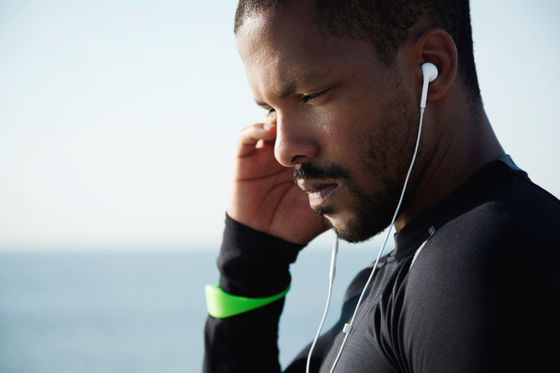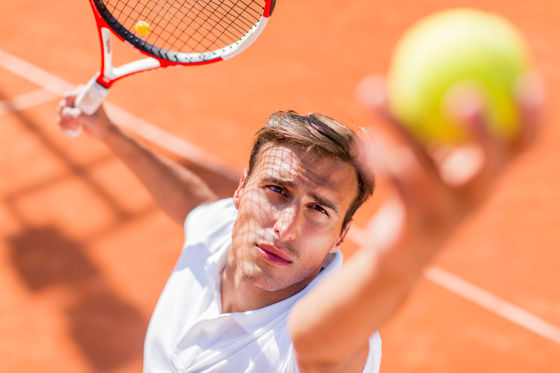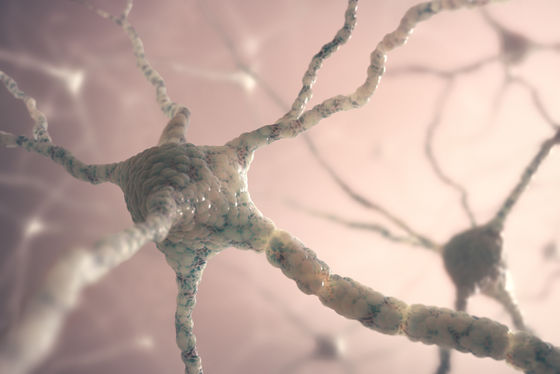What is the difference between the 'athlete brain' of people who are successful in the Olympics and the average person?

It is becoming clear that top athletes, such as Olympic medalists, not only have extraordinary physical abilities, but also that their brains function significantly differently from the general population. ScienceAlert, a science news site, has compiled several studies that delve into the secrets of the brains of such elite athletes.
Olympics: The Brains of Elite Athletes Reveal Crucial Differences : ScienceAlert
◆Hearing
Athletes competing on the Olympic stage must be able to accurately hear the starting gun and the referee's instructions amid the noise of announcements and cheers from the venue.
A 2019 study by researchers at Northwestern University in the United States found that top student athletes responded more to sounds than a control group of people of the same age and gender.

by
However, athletes are not all sensitive to all sounds, and by blocking out unnecessary noise, they are able to focus on the sounds they need without being distracted. This was demonstrated by the fact that the signal-to-noise ratio (SNR) of auditory processing in athletes, measured by electroencephalography, was greater than that of non-athletes.
The ability to discern only the sounds you need to hear may be a result of concentrating on practice amidst yelling coaches, but some of the athletes in the study also competed in quieter sports, such as golf.
Commenting on their findings, the authors wrote: 'The findings suggest that playing sports reduces background noise and increases the gain of the auditory signal. Such an enhancement mode may be related to the athletes' overall fitness level and the increased need to respond to auditory stimuli during competition.'

◆ Vision
Another study found that athletes are also better at filtering out information coming in through their eyes as well as their ears, keeping their eyes fixed on their goal rather than being distracted by other things.
This calm eye movement characteristic of elite athletes is called 'quiet eye' (QE), and is more precisely defined as 'the final fixation of the gaze just before initiating a critical movement.'
A 2018

The researchers speculate that the length of the QE affects tennis players' performance because it allows them enough time to calculate the trajectory of an approaching ball at high speed.
Armed with this finding, the research team looked to other sports literature and found that the relationship between skill and QE time was not limited to tennis.
Brain circuits
Movement is controlled primarily by the outer layer of the brain, the cortex, and elite divers have been
And a 2015 study looking at the brains of three elite javelin and long jump athletes found that athletes and non-athletes also had stronger pathways connecting the cortex to the striatum, an area important for sequencing movements.

Some of these abilities are developed through rigorous training, while others can be considered natural talent. For example, a 2015 study by researchers at the University of Parma in Italy examining the DNA of top athletes found that there was a significant association between genes related to dopamine , a hormone that regulates motor control, energy consumption, and the reward system, and sports performance. On the other hand, no particular association was found for genes related to muscle development.
From this point of view, ScienceAlert stated, 'Athletes who are pushing themselves to win gold medals are likely trying to remake their brains into engines that can push their bodies to their limits.'
Related Posts:
in Science, Posted by log1l_ks







